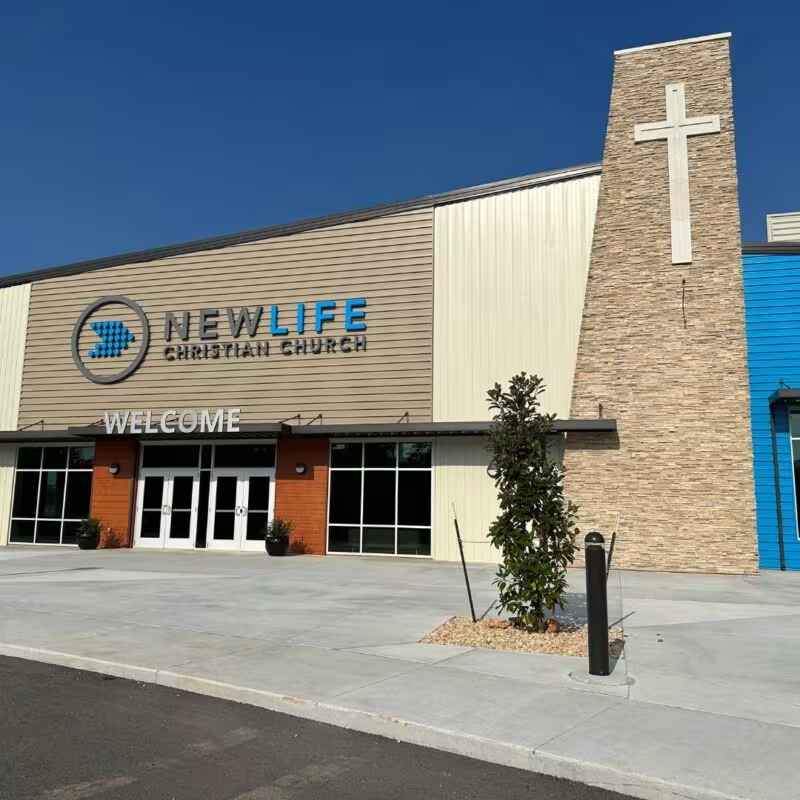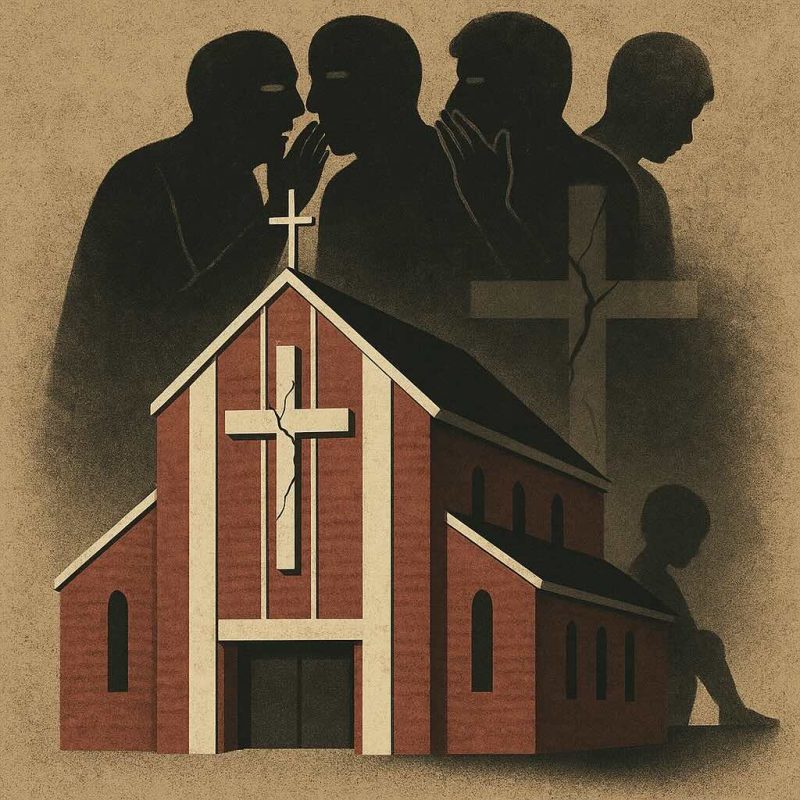Inside the New Life Church Cover-Up That Protected a Child Predator
New Life Church’s Latest Resignations Reveal a Systemic Cover-Up when executive pastors Lance Coles and Brian Newberg admitted they knew since 2007 of Robert Morris’s molestation of a 12-year-old girl yet chose silence over action, exposing how megachurch governance prioritizes reputation over survivor justice. For more on faith and power, see our Christian Nationalism coverage.
Table of Contents
A Chronicle of Cover-Up
In 2007, New Life’s search committee—chaired by Brady Boyd, Lance Coles, and Brian Newberg—received a detailed report from the victim’s sister that Robert Morris had molested her at age 12. Rather than notify church elders or law enforcement, they appointed Morris as an overseer and continued featuring him in services.
When Morris finally admitted “inappropriate sexual behavior” in June 2024, he omitted the victim’s age. Only after an Oklahoma grand jury indicted him in March 2025 on five counts of lewd or indecent acts with a child did New Life’s board demand Senior Pastor Brady Boyd’s resignation for misleading the congregation about his prior knowledge of the abuse.
Patriarchal Power and Loyalty
New Life’s board of elders—composed entirely of Boyd appointees after 2011—operates without independent oversight, reflecting a broader evangelical pattern: male-led networks protected by loyalty oaths that silence victims and shield abusers.
Leaders prioritized institutional reputation and donor support over child safety, demonstrating how patriarchal privilege can corrupt faith communities and perpetuate cycles of abuse.
Legal Loopholes and Clergy Exemptions
Cindy Clemishire and her father filed a defamation lawsuit in Dallas County accusing Morris and Gateway Church leaders of smearing her to conceal his abuse, seeking over $1 million in damages. Meanwhile, 33 states still exempt clergy from mandatory reporting for confessional disclosures—a loophole the DOJ is now challenging in Washington state as unconstitutional.
These legal carve-outs create parallel systems of “justice” where religious privilege overrides civil protections, leaving survivors with no recourse.
Survivor-Centered Justice
From the 2019 Southern Baptist revelation of over 700 protected predators to the $5 billion in Catholic clergy abuse settlements, faith institutions nationwide have chronically failed survivors. New Life’s elders offered “regret” but no apology, and their transition process shielded decades of institutional knowledge from scrutiny.
True accountability requires elevating survivor voices, funding trauma care, and dismantling internal cultures that reward silence and protect abusers.

Blueprint for Real Accountability
- Independent Oversight Boards: Establish civilian review panels with subpoena power over church finances and personnel.
- End Clergy Exemptions: Legislate mandatory reporting of abuse without religious carve-outs.
- Survivor Support Funds: Provide public grants for legal aid and mental-health services before church settlements.
- Transparency Mandates: Require annual public disclosures of allegations, investigations, and disciplinary outcomes.
- Democratic Governance: Empower congregants to elect and recall senior pastors and elders.
Frequently Asked Questions
Why did leaders delay reporting?
They feared reputational and financial fallout, choosing institutional loyalty over child protection.
How common are clergy exemptions?
In 33 states, clergy can block abuse reporting under “confessional privilege,” a loophole now under DOJ scrutiny.
What can readers do?
Advocate for survivor-centered legislation, support independent investigations, demand transparent church bylaws, and hold faith institutions to civil standards.
Sources
- Christian Post – New Life Church asks 2 more pastors to resign over Robert Morris scandal
- NBC News – Robert Morris indicted on child sex charges
- CBS News – Survivor sues Gateway Church for defamation
- AP News – DOJ challenges clergy reporting exemptions
Have tips or firsthand insights? Contact us here or share your perspective below.




